Taking a More Empathetic Approach to Your Wardrobe
Empathy is a concept that I am sure most of you are familiar with, but what about applying it to our relationship with our wardrobes?
When considering the production of “fashion” we often don’t think about the fact that our clothes have passed through many hands to make it into our wardrobes. Farmers, spinners, dyers, machinists, designers, buyers, and more, have played an important role. This is something that is often overlooked when going through the daily routine of getting dressed.
However, looking at our wardrobes with a little bit of empathy might just help bridge this gap.
Understanding empathetic dressing
If we were to look inside our wardrobes right now most of us would see garments that we have worn for particular occasions, garments that we haven’t worn for months, and pieces that we are simply keeping for sentimental reasons.
Every item of clothing has a story, yet we are only privy to part of that story. The larger narrative began well before the clothing came into our hands. Even when we look inside a garment, the clothing label yields only a small part of that garment’s story – often only the final point of assembly.
In order to complete the narrative, we need to be more curious and considerate when delving into our wardrobes.
By exploring our wardrobes with empathy we can try to uncover the start of our garment’s narrative before we add the middle and end. This will help us connect more meaningfully with the people who make our clothes and the processes involved, and enhance our appreciation of them.
The consideration for the social and environmental footprint of our clothing choices and practices can lead to more mindful consumption. We can support ethical production practices, embrace sustainable fabrics, and value thoughtful design. We can become more educated, learn to take better care of our wardrobes, and ultimately make choices that positively impact people and the planet.
My personal experience
About five years ago, I made an effort to adopt a more empathetic approach to my wardrobe, which significantly shifted my mindset. I became more curious about my existing wardrobe and deliberate in my purchases.
One exercise that deepened my appreciation involved analysing an item from my wardrobe. I wondered about the fabric: its composition, where it was sourced, and whether it was printed or dyed. I took into consideration the construction: its order of assembly and where it might have been sewn. I examined the stitching, seams, and component parts, like buttons and zippers. Even with a fair understanding of garment production, this analysis confirmed to me how many people and processes would have contributed to that single garment.
This improved awareness led me to prioritise quality over quantity, embrace second-hand clothing, research more, and regularly audit my wardrobe to avoid unnecessary purchases. It also extended to my approach to designing and making my own clothes. I took a slower approach implementing more thoughtful design and purchasing habits that have longevity in mind, while also making the most of what I already have. I opted for sustainable fabrics and notions, and embraced DIY and upcycling practices where I could.
Sewing and Empathy
Clothing should, and does take time to make. Sewing is a great way to appreciate this and engage with our wardrobes more meaningfully. Learning to sew provides firsthand insight into the craftsmanship and effort involved in clothing production. It also empowers us to repair and mend our clothes, extending their lifespan and reducing waste.
By embracing an empathetic approach when considering our clothing we can create wardrobes that reflect our values and have a positive impact on both people and the planet.







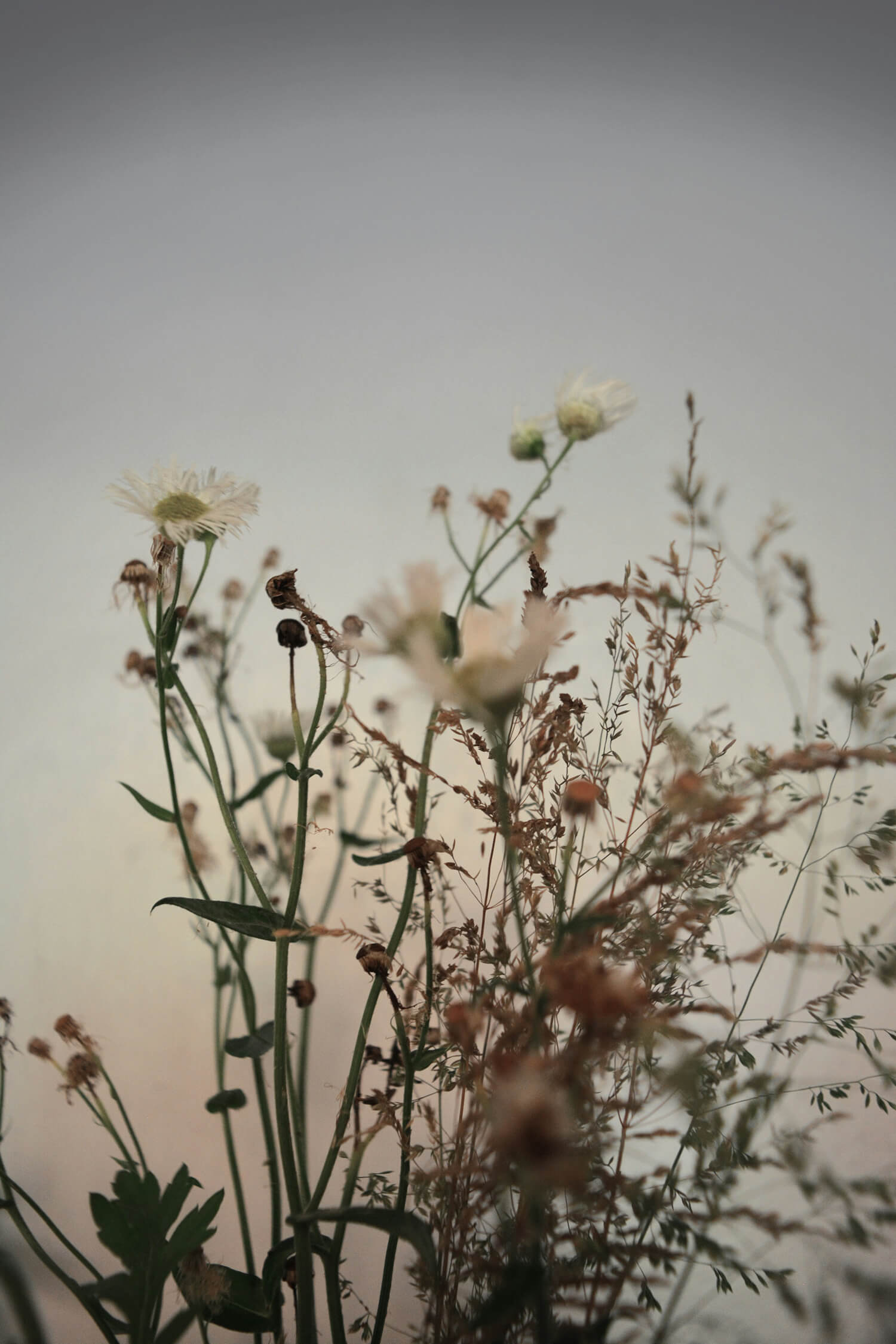
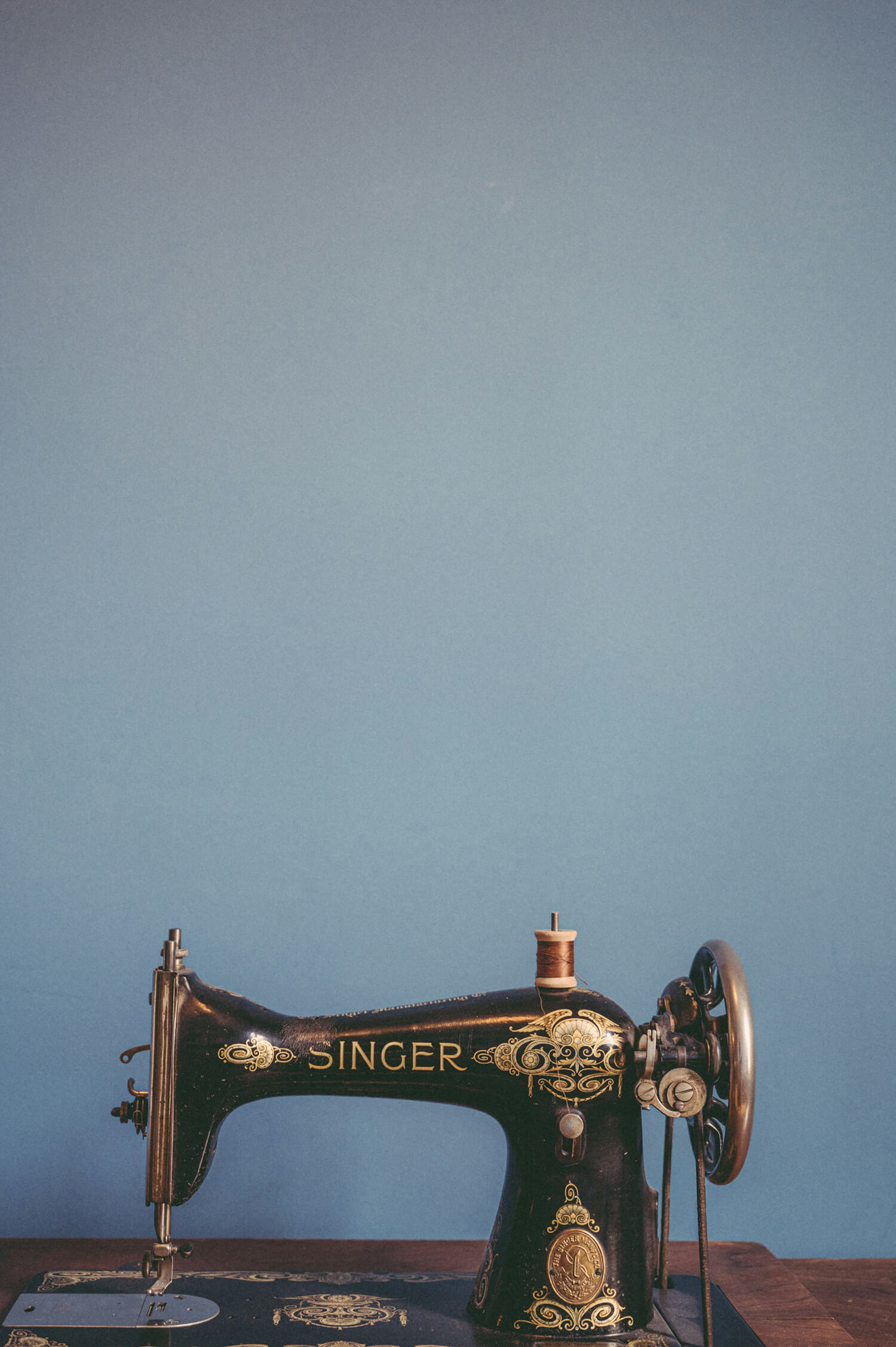













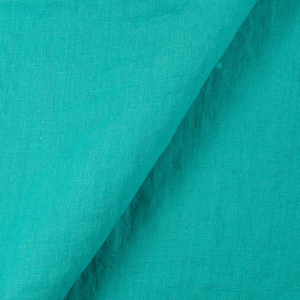






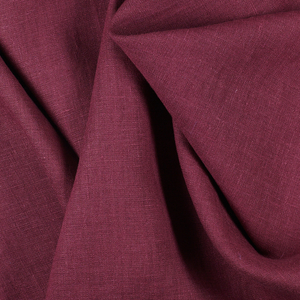
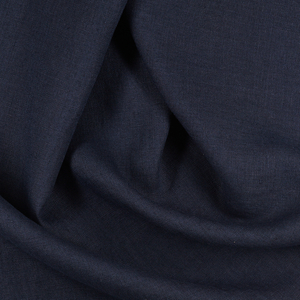



















One Comment
Monica Morant
this piece spoke to me at my core. thank you Emma! when folks begin to consider our impact on our environment, it seems to start with food, from our consumption, sourcing, labor, waste, etc. i am privileged to live in an area of Northern California where i have access to quite a lot of local farms and can support my community while providing my body with optimal nutrients. i get to know the people who provide a lot
of my food, and it is a wonderful thing! then shortly after this consideration, for me, next came the consideration of how my choices in clothing were impacting our environment. i am much more conscious about cheap fast fashion and really try to consider every item of clothing for its simplicity and longevity, how i can extend that longevity, and ultimately how it will return to the earth if discarded. and here where i live in Northern California, i am also able to know local wool producers of our NorCal Fibershed and spin my own yarn from the fleece of local sheep. again a privilege and one i am so grateful for!